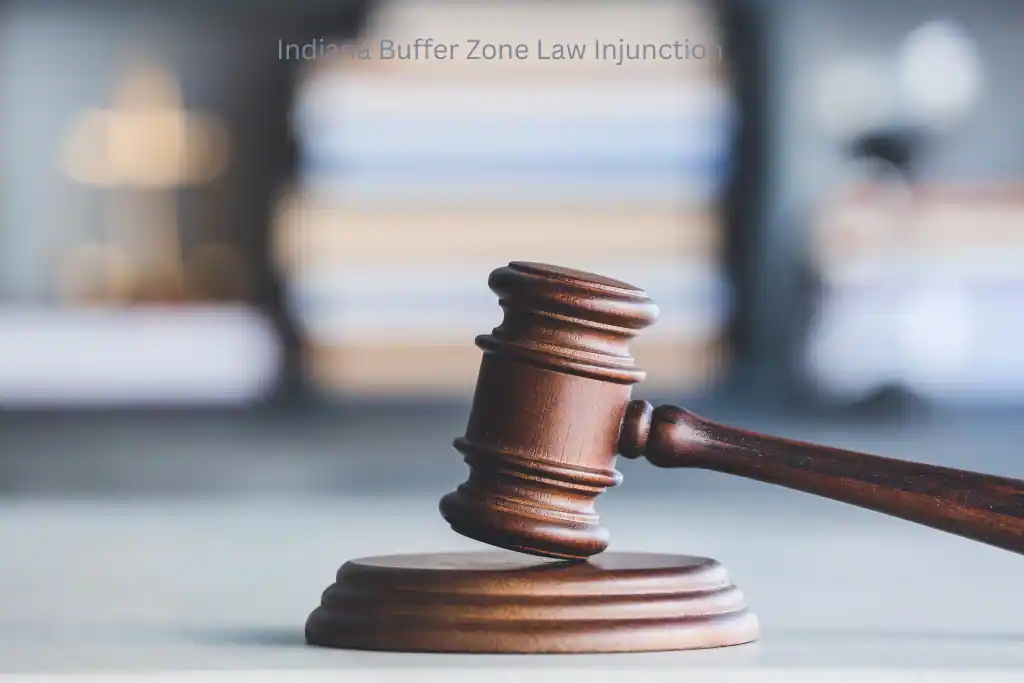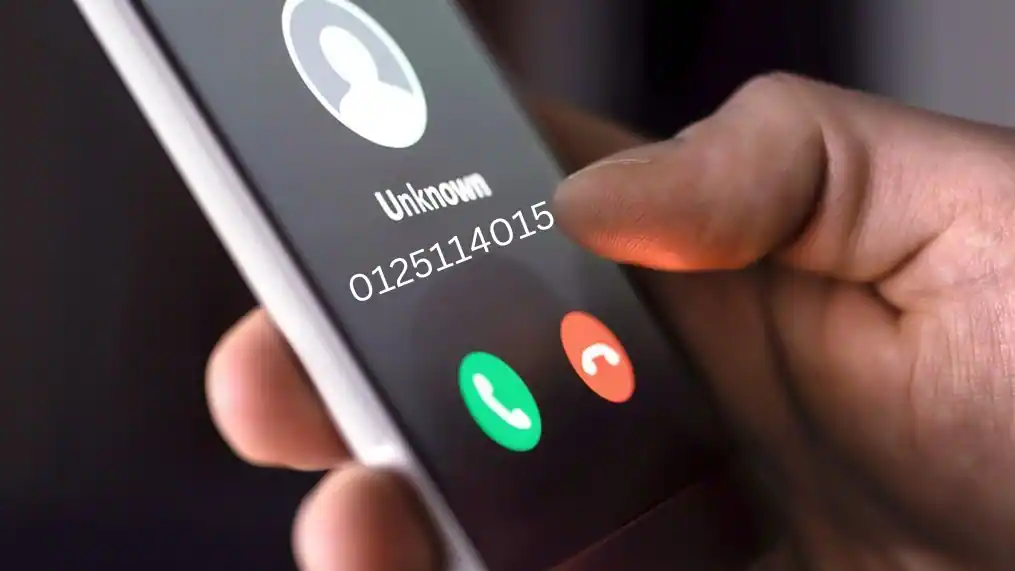Introduction to the Indiana Buffer Zone Law Injunction
The Indiana Buffer Zone Law Injunction has become a hot topic in recent discussions surrounding reproductive rights and healthcare access. As communities grapple with the implications of this law, the conversation continues to unfold, revealing deep divides among supporters and opponents alike. With its roots deeply embedded in legal battles and public sentiment, understanding what this injunction means is crucial for anyone invested in women’s health issues. In this blog post, we will explore the purpose of the law, examine arguments from both sides, and assess how these developments could shape the future landscape of women’s rights in Indiana and beyond.
The Purpose and Controversy of the Law
The Indiana Buffer Zone Law was designed to create a protective space around healthcare facilities, particularly those providing reproductive services. Its intention is to ensure that patients can access care without intimidation or harassment. This law aims to safeguard the emotional and physical well-being of individuals seeking medical assistance.
However, the implementation of this law has sparked significant controversy. Opponents argue it restricts free speech rights by limiting where protestors can gather. Many see it as an infringement on their ability to express their views about abortion and women’s healthcare.
Supporters believe these zones are necessary for maintaining safety and privacy for vulnerable patients facing tough decisions. The conflict between protecting personal autonomy and upholding freedom of expression continues to fuel passionate debates across Indiana, reflecting broader national discussions surrounding women’s rights and healthcare access.
Arguments for and Against the Injunction
Supporters of the injunction argue it is a necessary safeguard for patients seeking reproductive healthcare. They believe that creating buffer zones protects individuals from harassment and intimidation outside clinics. The emotional toll on women accessing services can be profound, and these supporters advocate for their right to seek care without fear.
On the other hand, opponents claim that such laws infringe upon free speech rights. They argue that protestors have a constitutional right to express their beliefs in public spaces. For them, imposing buffer zones might stifle important discussions around sensitive topics like abortion.
Both sides present compelling points regarding safety and freedom of expression. Striking a balance between protecting individuals from harassment while respecting free speech remains a contentious issue in Indiana’s legal landscape. The ongoing debate reflects broader societal divisions over reproductive rights and personal autonomy in healthcare decisions.
Impact on Women’s Rights and Access to Healthcare
The Indiana Buffer Zone Law Injunction directly affects women seeking reproductive healthcare. It aims to provide a safe space around clinics, yet its suspension raises concerns about harassment and intimidation.
Women may now face increased pressure from protestors at critical moments in their lives. This disruption can create an environment of fear that deters individuals from accessing necessary services.
Accessing reproductive health services should be a personal decision, free from external influence or threats. The injunction’s impact could reshape the landscape for women’s rights in Indiana, emphasizing the need for protective measures.
Healthcare providers are also affected as they navigate these tense situations while ensuring patient care remains uncompromised. The ongoing legal battles highlight the fragility of access to essential healthcare for women across the state.
Legal Challenges and Court Rulings
The legal landscape surrounding the Indiana Buffer Zone Law has been tumultuous. Various groups have challenged its constitutionality, arguing it infringes on free speech rights. The tension between protecting access to healthcare and ensuring public safety complicates this issue.
Recent court rulings have reflected a mixed response. Some judges have temporarily halted enforcement while reviewing lower court decisions, allowing for continued debate on the law’s implications. These developments highlight the ongoing struggle between state interests and individual freedoms.
Additionally, advocacy organizations closely monitor these cases. They argue that any restrictions could disproportionately affect marginalized communities seeking reproductive healthcare services. This scrutiny adds pressure for lawmakers to reconsider their approach amid growing public concern about women’s rights in Indiana.
As more cases make their way through the system, stakeholders brace themselves for potential shifts in legal precedent that could redefine buffer zone regulations across the country.
Read Previous: Who Is Linda Kingsberg?
Potential Ramifications of the Injunction
The injunction against the Indiana Buffer Zone Law could have wide-ranging effects. For one, it may embolden protest groups to gather closer to healthcare facilities. Increased visibility can lead to heightened tensions between protesters and patients seeking access.
Healthcare providers might feel pressured as well. They could be forced into uncomfortable situations where they must manage confrontations at their doors. This dynamic shifts the focus from care to conflict, impacting both staff morale and patient experience.
On a broader scale, this ruling may set precedents in other states facing similar laws or challenges. Legal frameworks across the nation will be monitored closely for any ripple effects stemming from Indiana’s decision.
Advocacy groups on both sides of the issue are likely to intensify their campaigns, drawing more public attention to reproductive rights debates nationwide. The implications extend beyond local borders and touch upon national conversations about women’s health access.
Conclusion: What This Means for Indiana and Beyond
The Indiana Buffer Zone Law Injunction has become a focal point for discussions surrounding women’s rights and access to healthcare in the state. With ongoing legal challenges, the implications of this injunction will likely extend beyond Indiana’s borders. As other states observe how this situation unfolds, it could influence similar legislation across the country.
For women seeking reproductive health services, the uncertainty created by this injunction adds another layer of complexity to their choices. Advocates on both sides are mobilizing, underscoring that public sentiment remains deeply divided over issues related to reproductive rights and healthcare access.
As courts continue to navigate these complex issues, the outcomes may reshape not only legal precedents but also societal norms concerning reproductive health. The ramifications of this case could set significant trends for future legislative actions nationwide.
What happens next will determine whether Indiana becomes a model for buffer zone laws or serves as an example of what can happen when such regulations face vigorous opposition. The stakes are high—not just for those directly impacted but for everyone engaged in the broader conversation about rights and freedoms in America today.








Leave a Reply